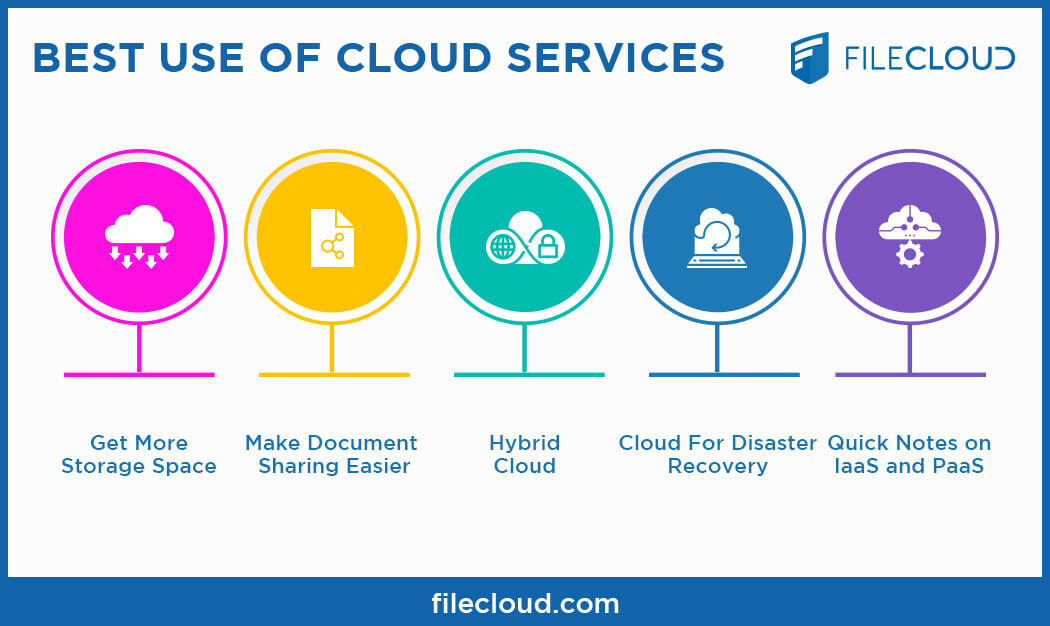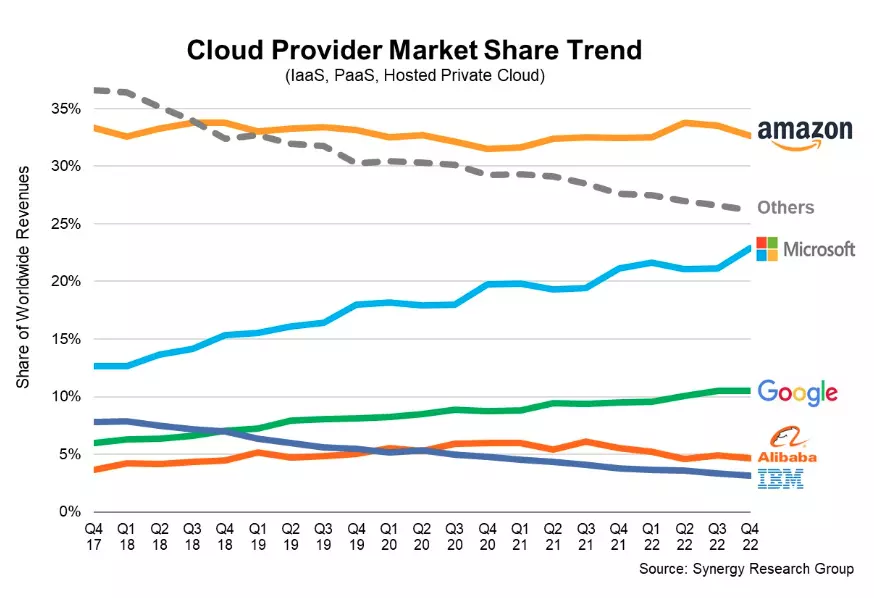Harnessing the Potential of Cloud Solutions for Affordable Side out there

Benefits of Cloud Solutions

Cost-efficiency is another substantial advantage of cloud services, as firms can prevent big ahead of time investments in equipment and software application. In general, the advantages of scalability, adaptability, and cost-efficiency make cloud solutions a beneficial asset for firms seeking a competitive edge in today's dynamic market landscape.
Cloud Migration Strategies
Cloud movement requires meticulous preparation and seamless execution to ensure a smooth transition of digital properties to cloud-based atmospheres. Organizations starting this trip must first perform a detailed assessment of their current IT facilities, applications, and information to figure out one of the most appropriate migration technique. One typical technique is the "Raise and Shift" method, where existing systems are transferred to the cloud without considerable modifications. This technique uses a fast movement procedure but might not completely utilize the benefits of cloud-native attributes.
Additionally, the "Replatforming" method includes making small changes to applications to enhance their performance in the cloud setting. This approach strikes an equilibrium between rate and optimization, permitting companies to gain from cloud capacities while decreasing interruptions.
For more complex systems, the "Refactoring" approach, additionally called "rearchitecting," includes redesigning applications to be cloud-native. While this approach needs more time and sources, it can optimize the advantages of scalability, adaptability, and cost-efficiency that cloud platforms provide.
Ultimately, choosing the right cloud movement strategy depends on aspects such as the company's objectives, spending plan, timeline, and technical demands. By very carefully evaluating these factors to consider, organizations can effectively shift to the cloud and obtain an one-upmanship on the market.
Enhancing Data Protection Measures
After executing cloud migration strategies, companies need to prioritize enhancing data security measures to safeguard their electronic possessions properly. universal cloud Service. Information security is paramount in the electronic age, specifically when leveraging cloud solutions that entail transmitting and storing sensitive information.
Normal safety audits and susceptability analyses are crucial to recognize and resolve any kind of powerlessness in the data protection framework immediately. Educating employees on finest techniques for data safety and implementing strict access controls can also mitigate Cloud Services the threat of inner data violations. By purchasing durable data security actions, organizations can instill trust fund amongst their stakeholders and customers, inevitably acquiring an affordable edge out there.
Leveraging Cloud for Scalability
Carrying out cloud solutions allows organizations to dynamically readjust resources according to require, boosting scalability and enhancing functional performance. Scalability in the cloud context refers to the ability to rapidly and quickly increase or decrease sources as required, supplying services with the versatility to satisfy altering requirements.
Moreover, leveraging cloud scalability allows organizations to react immediately to market fluctuations, seasonal needs, or unforeseen growth, guaranteeing nonstop solution delivery without incurring unneeded expenses. Scalable cloud solutions encourage business to innovate swiftly, release new applications efficiently, and adjust to progressing company requirements with agility.

Executing Cloud-Based Cooperation
Partnership in contemporary company environments has undertaken a substantial improvement through the integration of cloud-based modern technologies. Cloud-based cooperation devices have actually reinvented the method teams interact, using real-time communication, file sharing, and job administration capabilities no matter of physical location. By applying cloud-based collaboration services, organizations can enhance productivity, increase effectiveness, and improve process.
Among the key advantages of cloud-based cooperation is its capability to break down communication obstacles among staff member. With features like instant messaging, video clip conferencing, and virtual whiteboards, workers can collaborate effortlessly and stay linked no matter where they lie. Moreover, cloud-based cooperation tools promote easy accessibility to shared sources and papers, enabling staff member to interact on projects in a simultaneous way.
In addition, cloud-based partnership advertises flexibility and dexterity within organizations by allowing remote job and cultivating cross-functional teamwork. Employees can team up in real-time, share comments promptly, and make decisions jointly, leading to quicker analytical and better development. Generally, implementing cloud-based partnership is crucial for contemporary businesses wanting to remain affordable in today's interconnected and fast-paced market landscape.
Conclusion
In final thought, the application of cloud services provides many advantages for organizations seeking an affordable side on the market. By carrying out cloud migration approaches, boosting information safety actions, leveraging scalability, and making use of cloud-based collaboration, businesses can enhance effectiveness, minimize prices, and remain in advance of the competition. Accepting the capacity of cloud services is more information necessary for companies looking to be successful in today's rapidly progressing business landscape.
The capacity go to this site to harness the possibility of cloud solutions uses companies many benefits, from enhanced dexterity and scalability to improved collaboration and information safety. As companies navigate the intricacies of cloud migration and explore cutting-edge means to utilize cloud innovation, the question emerges: Exactly how can companies effectively utilize cloud solutions to not only maintain up with yet likewise surpass their rivals in the dynamic marketplace?
In addition, the versatility provided by cloud services enables companies to access data and applications from anywhere, promoting remote job and partnership amongst teams located in different geographical locations. - linkdaddy cloud services press release
By carrying out cloud movement strategies, boosting information security measures, leveraging scalability, and making use of cloud-based partnership, businesses can enhance performance, reduce expenses, and remain ahead of the competitors. Welcoming the potential of cloud solutions is important for companies looking to do well in today's swiftly evolving business landscape.